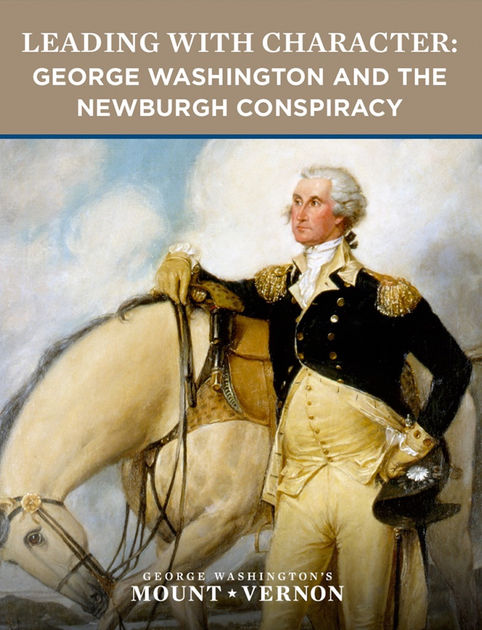I Don’t Know What I’ve Said Until You Tell Me What You’ve Heard
By Major General (Retired) Doug Crissman, Monday, April 04, 2022
The military characteristically operates in volatile, uncertain, complex and ambiguous (VUCA) environments where detailed planning and flexible execution are critical to mission success. Time is typically short, details often sketchy, and opportunities very often fleeting. Sound familiar? Communication—up, down, and laterally across the team—is vital to any organization’s ability to seize and maintain the initiative. A leader’s ability to clearly communicate his/her vision of success helps guide subordinates’ actions when things don’t go as planned and can represent the difference between success and failure. To address this communication challenge, the military uses three linked techniques—Commander’s Intent, Confirmation Brief and Backbrief—to deliver the mission, validate the recipients’ understanding, and clarify each teammate’s role in contributing to the mission’s successful completion.
In early 2007, as a Battalion Commander in the U.S. Army responsible for an 850-Soldier task force deployed to Iraq, I assumed responsibility for a particularly challenging area of operations. Just a few weeks before my military unit arrived, the CIA had declared Anbar Province the most dangerous province in Iraq and among the most volatile places in the world. The previous unit had done tremendous work but had made little progress toward improving the security environment. We knew we had to try something different, and I knew I had a communication challenge before me.
Within 10 days of arrival, we gathered input from local tribal leaders and partnered with local security forces to develop a plan to clear the primary urban area in our sector, maintain its security through joint (U.S. and Iraqi Police) presence in the roughest parts of town, and aggressively patrol and police the streets to gradually allow basic services, and ultimately, commerce to return to the city. Dubbed Operation Shurta Nasir (Police Victory), it was a bold move and no small undertaking. There was a fair amount of understandable apprehension amongst my Soldiers and our Iraqi partners. Communicating the plan clearly and effectively was crucial to build confidence, encourage grassroots thinking, spur initiative, and instill a bias for action. As important, I needed multiple means to confirm shared understanding across my team, verify their preparedness, and identify areas of greatest risk as I refined our plan.
Prior to any military operation, and as a key part of mission planning and preparation, the leader develops his/her “Commander’s Intent”—a concise statement laying out the purpose of the operation, the key tasks associated with success, and the conditions that define the desired end state. As leaders visualize an operation, they use their Intent Statement to describe, in simple terms, WHY the operation must succeed, the key actions the team must take to achieve the desired end state, and the future conditions the leader wants to exist when the operation is complete.
Read more at: https://chiefexecutive.net/i-dont-know-what-ive-said-until-you-tell-me-what-youve-heard/

Then-Lieutenant Colonel Crissman provides a Backbrief to General David Petraeus prior to Operation Shurta Nasir in Anbar Province in early 2007.
Major General Douglas Crissman
 Expertise Transformational leadership, leader development, mission command, systems thinking, leading through adversity, leadership coaching Experience A career infantryman and third-generation graduate of West Point, Doug served in a wide variety of command and staff positions around the world and led organizations from the platoon through the two-star level during over... Read More +
Expertise Transformational leadership, leader development, mission command, systems thinking, leading through adversity, leadership coaching Experience A career infantryman and third-generation graduate of West Point, Doug served in a wide variety of command and staff positions around the world and led organizations from the platoon through the two-star level during over... Read More +

Leading with Character Vol. 2, Lessons in Leadership - George Washington and the Newburgh Conspiracy
Colonel (Retired) Sean Hannah, Ph.D.
Colonel (Retired) Sean Hannah, Ph.D.





